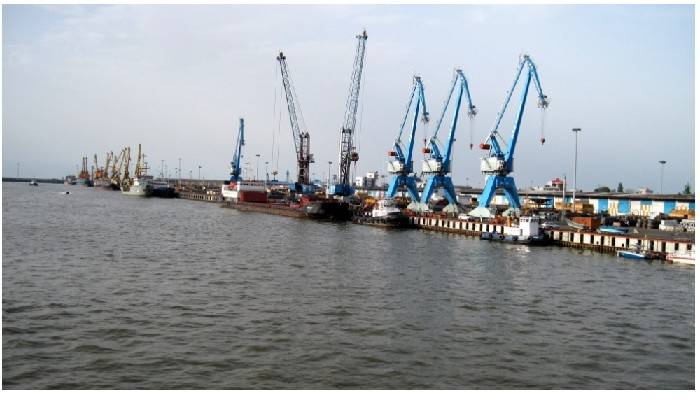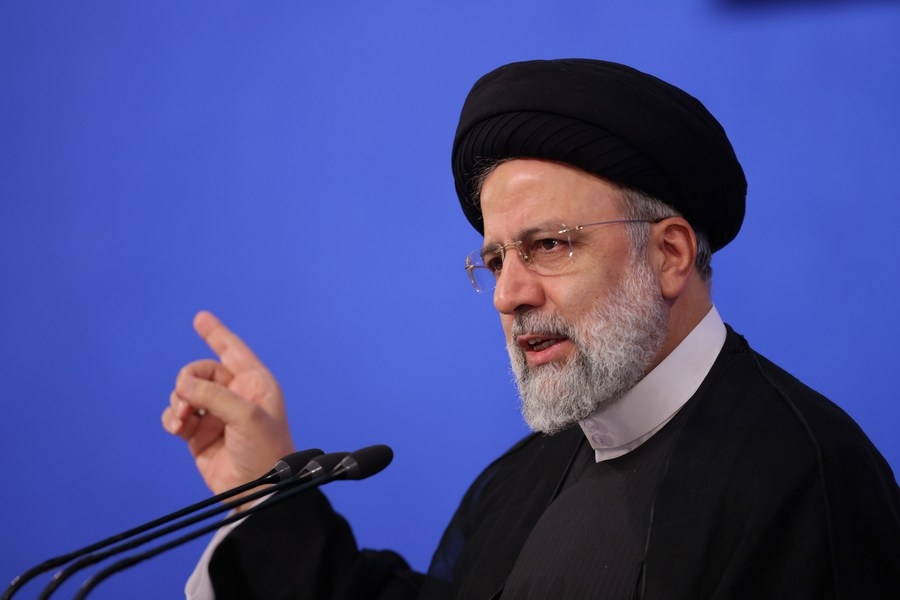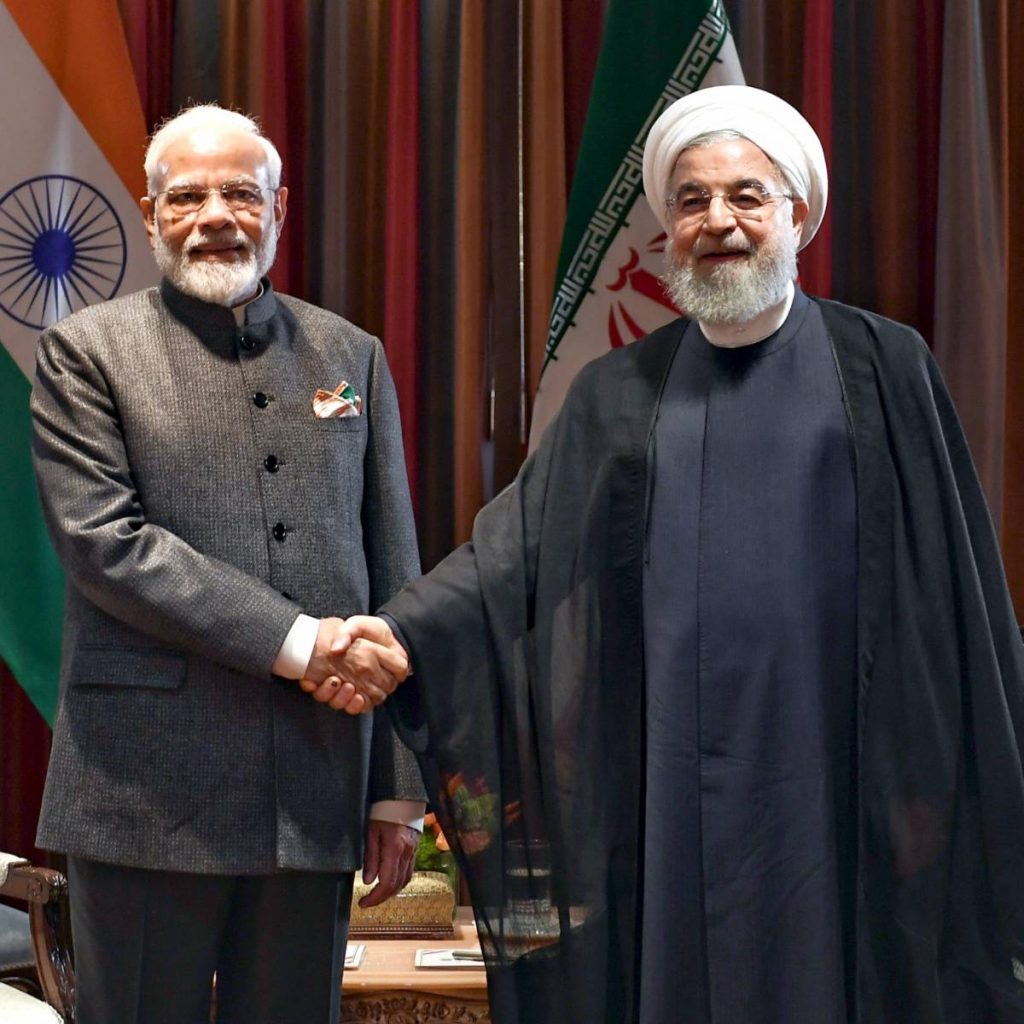India’s intensified interest in Chabahar has the potential to partly counter China’s massive Belt and Road Initiative (BRI) infrastructure project. India had also been worried about Chinese collaboration with Pakistan through the development of Gwadar port and the China-Pakistan Economic Corridor(CPEC). Therefore, India’s involvement with Chabahar port is a critical strategy to bolster its influence by enhancing its regional market presence and leveraging an Indo-Iranian alliance to buffer China and Sino[1]Pakistani cooperation … writes Dr Sakariya Kareem
‘Chabahar’ means four springs [char-four bahar-springs] in Persian. It is in the process of bringing new hope for regional peace, prosperity and friendship through opening new routes for trade, connectivity and cultural ties. The Chabahar port in southeastern Iran establishes a new entrance from the warm waters of the Oman Sea leading to the Indian Ocean and the landlocked countries of Afghanistan and Central Asia.
In early December, the Taliban authorities in Afghanistan publicly backed the use of Chabahar port in Iran. India has been developing the Shahid Beheshti Port in Chabahar port since 2016 when India committed to investing $ 500 million. The port offers larger connectivity to landlocked Central Asia and a safe passage to Afghan and Central Asian markets bypassing Pakistan. In addition, it may further strengthen Indo-Iran ties and counter the growing Sino-Pakistani cooperation.

India, an emerging economic powerhouse, will have direct access to the natural resources of the region which means widespread market accessibility for the region as a whole and economic prosperity. In recent years India has embraced an ambitious and expansive vision for foreign trade in the Central Asian region. However, India’s trade with Afghanistan and Central Asia has long been hindered by an inability to access land routes through Pakistan. The development of Iran’s new port at Chabahar has transformed India’s trading prospects by allowing India a trade route that bypasses Pakistan altogether.
Alongside the Chabahar Port’s development, many investments have been made in projects intended to develop physical connectivity in the Central Asian region. India has been running a part of the Shahid Behesti port at Chabahar since December 2018. It is the first time India has been operating a port outside its boundaries. It has already invested $ 85 million and six Mobile Harbour cranes and other equipment worth $ 25 million. Russia, too has been eying the port as a hub of trade as it looks to increase trade connectivity access to the Middle East and South Asia.
Several distinctive advantages make the port attractive from domestic and international perspectives. It is the only deep sea port in Iran with direct access to an ocean. Its proximity to Afghanistan, Pakistan, and India and its position as a key transit point on the growing International North-South Transport Corridor(INSTC) equip it with the potential to emerge as a major commercial hub in the region. Moreover, Chabahar is among the few places in Iran free from U.S. sanctions, simplifying trade with other countries.
The port carries great diplomatic and commercial significance for India. It has long been looking to expand its market reach in Central and Western Asia. However, virtually all the routes to those countries pass through India’s archrival Pakistan. A sea trade route to Western and Central Asia via Chabahar allows India to bypass Pakistan and establish hassle-free trade networks. Moreover, compared to Bandar Abbas, the other main port in Iran, it is closer to Mumbai. Therefore, the development of the Chabahar port reduces some of the pressure on Bandar Abbas and the transportation cost to the eastern parts of Iran, Afghanistan, and Central Asia. The Chabahar route is expected to result in a 60% reduction in shipment costs and a 50% reduction in shipment time from India to Central Asia.

The history of Chabahar port goes back to ancient times, but its modern developments date back to the nineteen seventies. The Shah of Iran, Mohammad Reza Pahlavi, had ambitious plans to build a $600 million naval base at Chabahar. American companies were to be enlisted as contractors. Unfortunately, the discussions stumbled along concerns about an exit clause. Later, in 1977 oil price uncertainties caused an economic crisis in Iran. As a result, the naval base did not come through. The Shah was subsequently overthrown in 1979.
Since the Iranian revolution, Iranian public companies have taken over the port. The port contains two separate ports, Shahid Kalantari and Shahid Beheshti. First, Iran built 150 meters berths at Shahid Beheshti and four 45 meters berths at Shahid Kalantari. Later, in 1997 and 2004, two more berths of 235 meters and 265 meters were constructed. Iran has invested nearly US$ 340 million to develop and expand the capacity of the Chabahar Port. It forms a part of the country’s strategy to promote economic growth in the relatively deprived southeastern region.
Indo-Iranian collaboration on Chabahar began in 2003, though it gathered momentum in 2016 when Indian Prime Minister Modi and President Rouhani unveiled India’s plan to invest $500 million in developing the Chabahar port. Iran and India also signed a MoU to lay a 628 km railway line from Chabahar port to Zahedan (the capital of Sistan[1]Baluchestan province) at an estimated cost of $1.6 billion. Zahedan city is close to the Afghanistan border. The rail line was expected to ease the transport of goods from India.
India’s intensified interest in Chabahar has the potential to partly counter China’s massive Belt and Road Initiative (BRI) infrastructure project. India had also been worried about Chinese collaboration with Pakistan through the development of Gwadar port and the China-Pakistan Economic Corridor(CPEC). Therefore, India’s involvement with Chabahar port is a critical strategy to bolster its influence by enhancing its regional market presence and leveraging an Indo-Iranian alliance to buffer China and Sino[1]Pakistani cooperation. China, too, has shown interest in Chabahar to access energy and mineral resource reserves and Eurasian trade routes. Given that China already virtually controls the Gwadar port in Pakistan, its interest in Chabahar raised the spectre of India losing access to Afghanistan and Central Asia altogether.

Iran, on its part, has adopted a slew of trade-friendly policies governing the operation of the port. For example, it has designated about 140 square kilometres of the area adjacent to the city of Chabahar as a Free Trade Industrial Zone, increasing its prospects as a future trade and transit hub. Incentives offered at the port include tax exemption for fifteen years on investments made in the area, importation of machinery and raw materials free of cost, and free repatriations of capital and profits.
In 2020, India, Iran and Uzbekistan set up a trilateral working group to coordinate joint use of the Chabahar Port and work on various connectivity projects in the region. Recent reports noted that India and Iran are close to striking a long-term agreement for operations at the Chabahar Port. The long-term deal, valid for ten years and to be extended automatically, will supersede an earlier pact that provided for the renewal of India’s operations at the Shahid Beheshti terminal in Chabahar Port on an annual basis.
Only a minor dispute holds back the conclusion of the agreement. Unfortunately, Iran’s current constitution does not allow the referral of any arbitration of differences to foreign courts. While the matter may take some time, legal and technical experts have been working on it.
Observers were anxious that the Taliban takeover of Afghanistan could disrupt the current trajectory of Chabahar port’s development. Meanwhile, the instability of the Iranian regime often threatens to disrupt Iran’s long-term ability to pursue its regional and international interests. The expression of public support by the Taliban authorities for the development of Chabahar must be seen as a temporary relief against that context.








